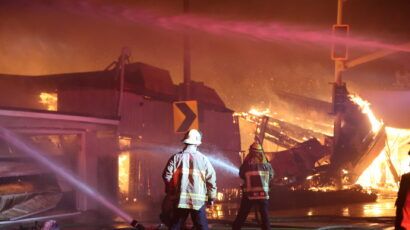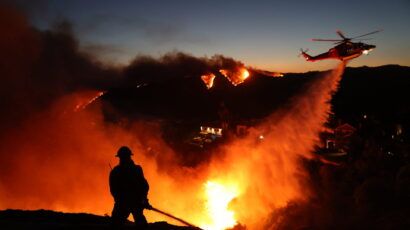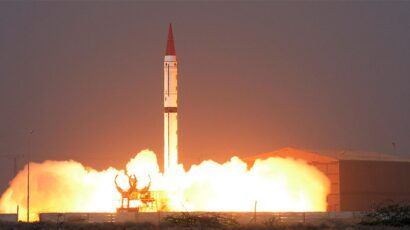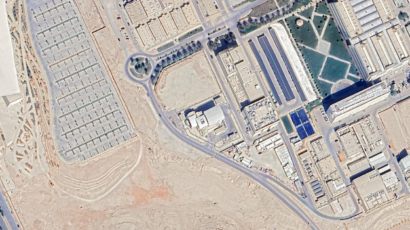Autonomous weapons and the arduous search for civilian safety
By Monika Chansoria, December 16, 2015
The other authors in this roundtable express reasonable concerns about autonomous weapons, but give too little consideration to the civilian carnage caused by terrorists—carnage that might someday be reduced by autonomous weapons systems under effective regulation.
Lethal autonomous weapons require effective international regulation—that's one point on which all authors in this roundtable agree. One participant, Heather Roff, argues for banning autonomous weapons outright in addition to regulating them. But a blanket ban is very unlikely to be enacted. This makes international regulation, administered through an effective regime, the only viable path forward. Ideally, a regulatory system would both limit the collateral damage that using autonomous weapons might entail and regulate the weapons' development and proliferation. But the ultimate point of a regulatory system would be to enhance autonomous weapons' chances of contributing to, rather than detracting from, civilian safety.
Might autonomous weapons pose dangers to civilians? Certainly. As Roff argued in Round One, though future technological advancements may enable autonomous weapons to identify permissible targets, such advancements "would not guarantee that civilians would not be targeted." But this observation, though correct, overlooks the dangers posed to civilians by non-state actors who thrive on remaining indistinguishable from local civilian populations. Take India as a case in point. According to the Institute for Conflict Management in New Delhi, nearly 21,000 Indian civilians and security personnel have been killed in terrorist violence since 1988. So, though one can't argue that autonomous weapons would necessarily promote rather than detract from civilian safety—they remain a developing technology—one can argue with conviction that civilian safety, in the absence of autonomous weapons, is deeply compromised by non-state actors. Indeed, it's difficult under such circumstances to reach the "clear understanding" of the term "civilian safety" that Roff seeks. Amid insurgencies, civil wars, or other types of asymmetric violence, any such search is bound to be arduous.
Paulo Santos, meanwhile, argues that "autonomous weapons have already been accepted into warfare" because modern society has accepted "warfare as a video game." But in a place such as India, society hasn't accepted war at all—rather, war in unconventional, asymmetric, and irregular forms has been thrust upon Indians by non-state and transnational actors. These groups receive from complicit states or state entities the resources needed to conduct terrorism. This sort of warfare, even as it endangers civilian populations, creates regional instability, which itself can spawn further terrorism or armed insurgencies.
Open, democratic nations where freedom is upheld as a value—nations whose leaders seek to behave as responsible international stakeholders—do not target innocent civilians. It is non-state networks that employ mass violence against civilians to advance their agendas. This imbalance puts democratic nations at an automatic disadvantage and civilians at grave risk. If autonomous weapons systems under effective regulation can prevent mass civilian bloodshed while minimizing collateral damage, they deserve serious consideration as a legitimate technology to be employed during conflict and war.
Topics: Technology and Security
Share: [addthis tool="addthis_inline_share_toolbox"]














